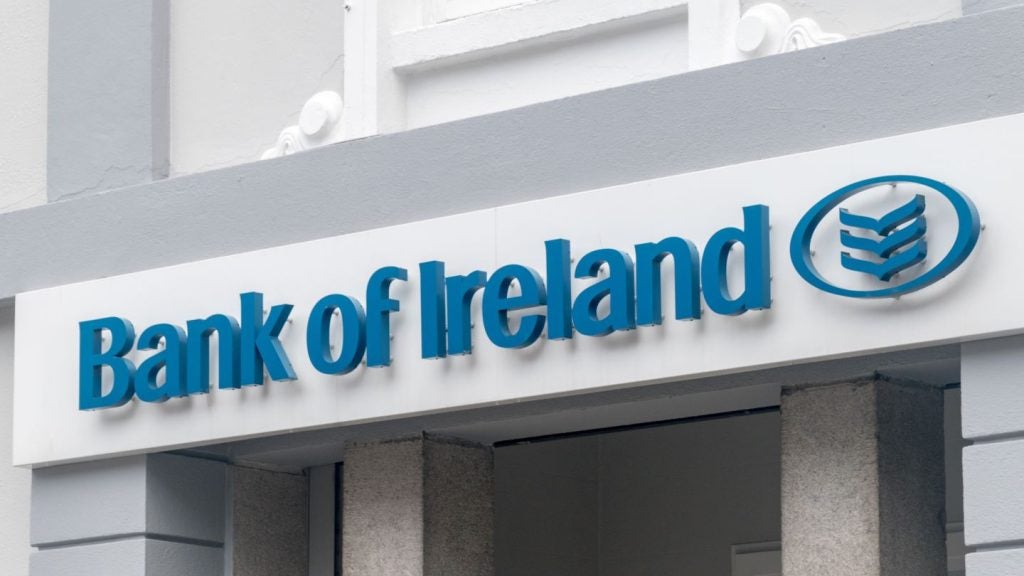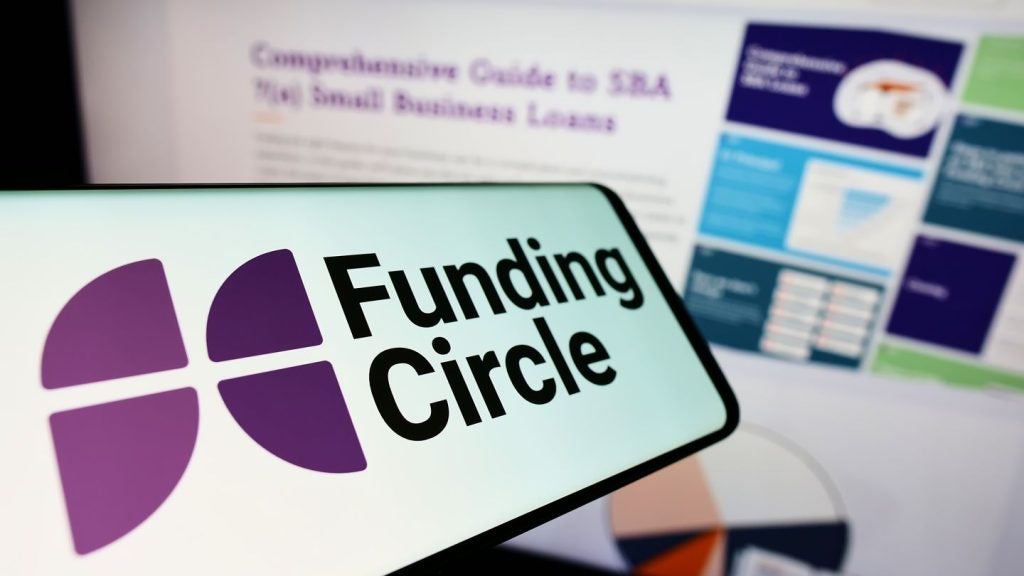
The country has suffered a few rocky years, but following an encouraging 2015 lease volumes in Italy experienced further significant growth during 2016, driven primarily by rising demand for passenger vehicles. Paul Golden took a closer look at the market and spoke to some of its leading figures
For all its political and economic woes, Italy remains a major international lease market – one of the ten largest by volume worldwide and the fifth-largest in Europe behind the UK, Germany, France and Sweden.
While market penetration rates have been heading in the right direction after several years of decline at the start of this decade, they are still some way short of the level recorded prior to the global economic crisis of 2008, and annual leasing volume as a percentage of GDP also lags behind the figure for most developed lease markets.
Yet recent results provide cause for optimism. According to Italian leasing association Assilea, 2015 saw strong growth in the Italian leasing market, with 371,000 contracts signed – a 13.1% rise over the previous year. Total new business value grew from €16bn in 2014 to more than €17bn in 2015.
Automotive leasing grew by just under 15% in both the numbers and values of new contracts.
Equipment leasing experienced lower increases at 11.8% and 3.9% respectively, while ships, aircraft and rolling stock leasing grew by 5% in number, and more than 50% in the value of new contracts.
How well do you really know your competitors?
Access the most comprehensive Company Profiles on the market, powered by GlobalData. Save hours of research. Gain competitive edge.

Thank you!
Your download email will arrive shortly
Not ready to buy yet? Download a free sample
We are confident about the unique quality of our Company Profiles. However, we want you to make the most beneficial decision for your business, so we offer a free sample that you can download by submitting the below form
By GlobalDataOne negative was a downturn in real estate leasing after the recovery experienced in 2014, with a reduction of 1.1% in the number of new contracts and a decline of 4.7% in the value of new contracts. Leasing on renewable energy continued to decline as an ongoing effect of the end of tax incentives to the sector, falling to below €200m in terms of new business value.
The equipment sector held 37.8% of new leasing values in 2015, compared to 38.3% in 2014. Automotive represented 36.6%, more than three percentage points higher than in 2014, and real estate accounted for 22.6%. Ships, aircraft and rolling stock, and renewable energy represented 1.9% and 1.2% respectively.
Data from Assilea indicates that leasing now represents around 27% of the national medium- to long-term financing of productive investments. Assilea data suggests that the leasing penetration rate as a percentage of GDP reached 1.05% in 2015.
In the vehicle leasing market, passenger cars held the highest market share (36.7%), although that percentage is shrinking. Industrial and commercial vehicles experienced a lower increase in terms of both numbers and values of new leasing contracts, but continued to hold an overall market share of around 34%.
Within the equipment sector, the highest growth continued to be in the big-ticket segment – equipment leasing with a contract size above €2.5m – which grew by 22.7% in number and 25.3% in value.
Strong performance was also observed in the small-ticket segment – equipment leasing with a contract size below €50,000 – which rose by 13.8% in number and 7% in value.
Operating leasing continued to grow at a pace similar to 2014 with regard to number of new contracts, but much more slowly in terms of new business values.
After excellent performance in 2014 – boosted by the favourable tax regime introduced in the 2014 Stability Law – the real estate leasing market plateaued in 2015. Leasing on completed commercial buildings was stronger than for leasing on commercial buildings under construction.
Ships, aircraft and rolling stock leasing showed significant signs of recovery in 2015, mainly as a result of a number of important transactions by the main players in the leisure boat market.
The average value of new leasing contract in this segment of the market grew from €750,000 in 2014 to €1.1m, and leisure boat and commercial shipping leasing contracts recorded significant increases in terms of new business value.
The first ten months of 2016 saw a continuation in the steady growth of leasing contracts experienced in 2015, with a 15.2% increase in terms of number of new contracts and a rise of 16.9% in terms of values. Nearly 310,000 assets were financed for a total value of around €14.8bn between January and October 2016.
The automotive sector showed the most dynamic expansion – up 21.9% and 28% respectively by number of contracts and lease value – with double-digit growth in all sub-sectors. The net book value for equipment leasing also recorded a year-on-year increase of 7.6% in the number of contracts and 18% in value.
There was welcome positivity in the real estate leasing market, which grew both in the number of contracts (7.7%) and volume (3.4%).
The aeronautical and rail sector recorded growth in the number of contracts of 17.9%, although there was a decline in the average ticket value.
Several trends can be identified from analysis of the figures relating to the value of contracts signed in the first 10 months of 2016 in the car, equipment and real estate sectors.
In particular, in the vehicles sector there was a significant 41% increase in the leasing of industrial vehicles The passenger car and commercial vehicle sub-sectors experienced slightly lower rates of growth at 28.9% and 24.5% respectively, but still significantly higher than those of the overall Italian market, which was up 16.5%.
Results from the equipment sector confirmed the importance of contracts on goods valued between €50,000 and €500,000, which represent nearly half the volumes of the entire sector and increased in value by 19.4%. However, there was also a significant 35.6% growth in volumes in the sub-sector that includes contracts on assets valued between €500,000 and €2.5m.
In the real estate sector, completed properties experienced significant growth in terms of the number of contracts (9.3%) and a slight decline in terms of volumes (-3.6%), mainly linked to the performance in the sub-sector that includes goods worth more than €2.5m.
‘To be built’ properties showed a significant increase in the value of contracts (15.6%), resulting from an increase in the average ticket size. The sub-sector that includes contracts on properties worth more than €2.5m grew by 23% in terms of volumes.
According to Luca Nuvolin, country manager for De Lage Landen Leasing Italy, the key factors affecting the Italian leasing market during 2016 were strong competition in pricing and fiscal incentives from the government. He notes that while the Euribor is negative, the long-term cost of funds has increased and customers are demanding lower rates.
The 2017 Budget contained a number of interesting provisions for the lease industry. In addition to the extension of the super-amortisation (140%) for investment in capital goods and the introduction of hyper-amortisation (250%) for investment in capital goods relating to ‘Industry 4.0’ and the super-amortisation (140%) for intangible assets (special software category) associated with Industry 4.0 investments, there was a two-year extension and refinancing of the Sabatini Law.
This law – which came into force in March 2014 and was originally intended to conclude in December 2016 – was designed to assist SMEs looking to buy capital equipment – machine tools and other production machines – by reducing the credit rate granted by lending institutions by 2.75%.
“At the beginning of 2016 the introduction of the so-called super ammortamento gave customers the possibility to deduct from their taxable income 140% of the value of the instrumental asset acquired via financial lease,” Nuvolin explains.
“In addition, IFRS 16 has been approved and starting from 1 January 2019 all operating lease contracts that mature after that date will be reclassified as leasing with a debt registered in the liabilities. Many of our listed customers have been asking us about the impact of this change.”
One of De Lage Landen Leasing Italy’s key strategies for increasing market share has been the digitalisation of contracts.
“We are also increasing the awareness of our customers that leasing could be profitable in terms, for example, of less tax to pay and therefore more investment for the business,” says strategy head Alessia Lombardo.
The lingering impact of the global economic crisis on real estate leasing, and stringent requirements imposed by Italian and European regulators on financial institutions are the factors exerting the greatest impact on the Italian leasing market, suggests Denis Delespaul, chairman of BNP Paribas Leasing Solutions Italy.
“Branches of Italian banks are facing, in particular, the transformation and reorganisation of the Italian banking system,” he explains.
“Branches of international banks benefit from their internationalisation and capability to diversify products and markets, whereas captives are particularly affected by the economic trend of their reference market.”
Delespaul believes that growth in movable assets, and in particular industrial vehicles, indicates that the Italian economy is slowly starting to recover. Forecasts by Istat, the National Institute for Statistics, suggest that GDP will grow moderately in 2016, a view shared by the country’s minister of economy and finance, Pier Carlo Padoan.
Padoan observes that growth is being supported by private consumption, while investment – having picked up in 2015 – continues to improve, albeit marginally. The most recent official real GDP growth forecasts are 0.8% for 2016 and 1% for 2017.
Italy has launched a comprehensive plan, named Finance for Growth, to support business development. Investment incentives were also enacted, with a special emphasis on new and interconnected technologies.
Delespaul explains that BNP Paribas Leasing Solutions has three distinct commercial approaches in Italy: partnerships with manufacturers of professional equipment and dealers, financial solutions for BNP Paribas customers through the bank channel, and rental solutions for the IT market.
“Thanks to this strategy we have a very wide range of financial products and additional services, such as insurance, with a strong digital approach. This is very important in order to give clients efficient and simple financial services that can really support their business.”
While the Italian lease market, in common with the banking sector, has been exposed to the real economy and has paid a high price in terms of defaults, the situation has improved since 2015. That is the view of Carlo Mescieri, head of Société Générale Leasing Italy and Fraer Leasing, who says business conditions have changed significantly over the last 12 months.
“In terms of pricing, the excess of liquidity has fallen. In terms of risk appetite the lessons learnt from the past and new regulations have led lessors, and their parent companies, to be more prudent in their risk approach,” he adds. “In terms of business models, we have seen a move away from brokers.”
Mescieri observes that over the last 12-18 months, transport leasing has been performing better, due in part to state subsidies in favour of vehicles compliant with new environmental rules.
“Equipment leasing has rebounded in line with the more positive economic scenario and outlook. Real estate, unlike the past, has produced losses. Retail and end-user real estate has suffered much less, but is still down compared to the past when the market favoured an increase of prices over time.”
When asked what his company is doing to encourage growth in leasing activity in Italy, Mescieri refers to the provision of services with more added value, and fixed interest rates to take advantage of low rates and to match the duration of the lease.
Grenke Group Leasing has been one of the most dynamic players in the Italian lease market in recent years, with one-third of new business volumes during the first nine months of 2016 recorded in Italy.
In a further bid to secure and expand its international reach, Grenke Group announced a new office in Parma in July 2016, with Wolfgang Grenke, chair of the board of directors, saying the group was particularly pleased with its performance in Italy.
“The Italian lease market is influenced by SME financing demand,” explains Michael Koehler, southern Europe sales director at Grenke.
“In fact the most innovative, export-oriented and fastest-growing SMEs are the companies with the highest leasing request, and as they are generating investments, they are also a support for the economy. Moreover, the lease market is more reactive than traditional bank financing to support a still-fragile financing demand recovery.”







